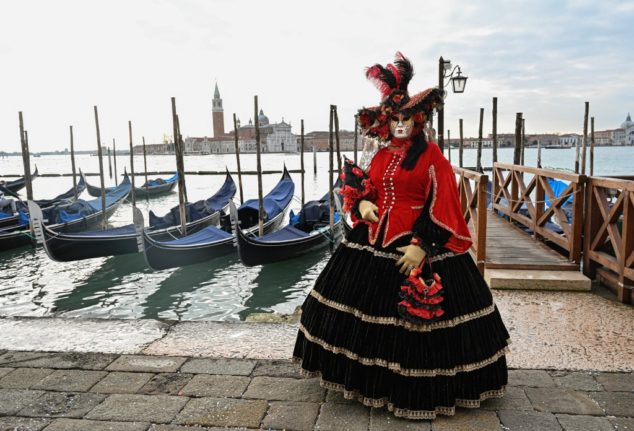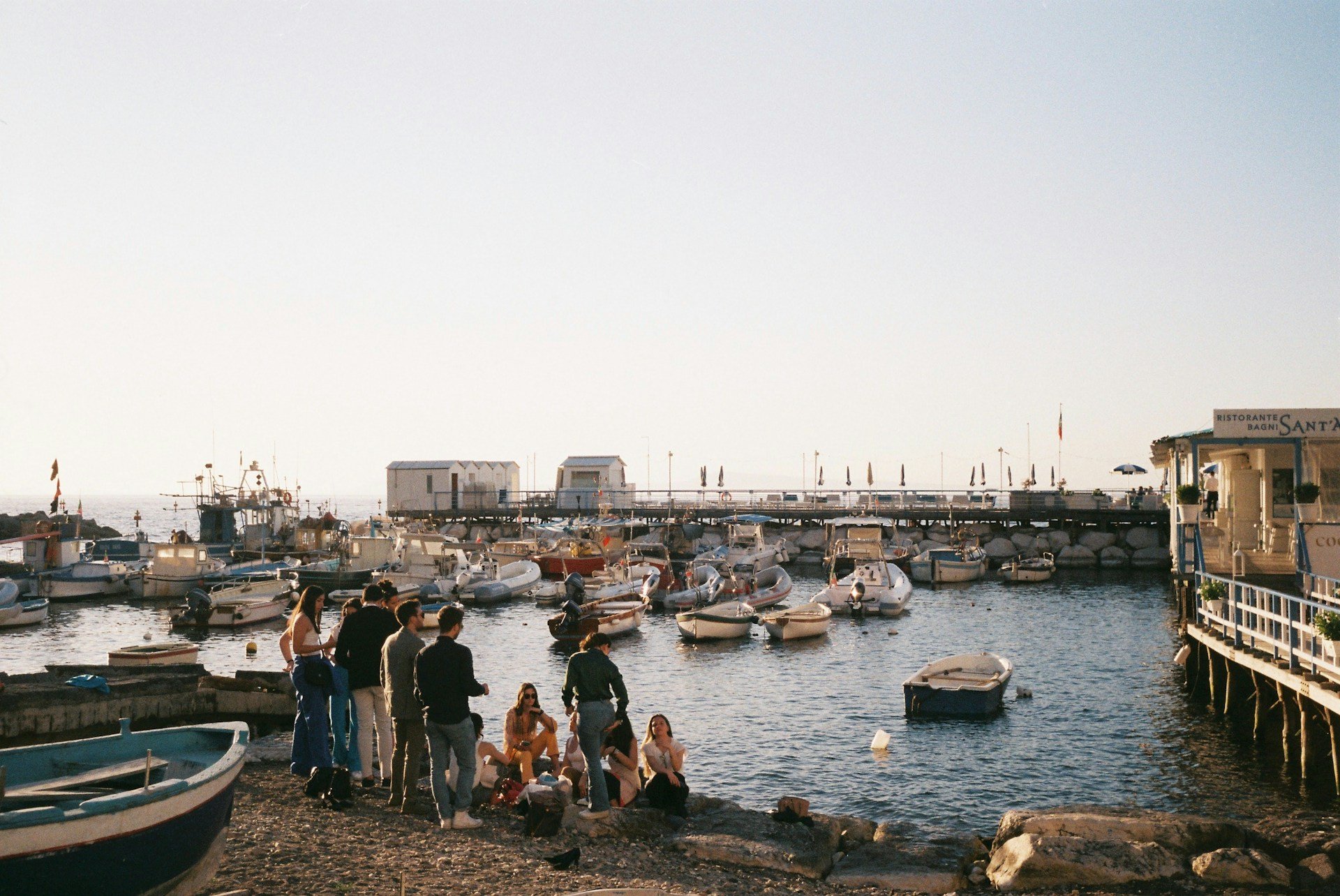La Bella Vita is our regular look at the real culture of Italy – from language to cuisine, manners to art. This new newsletter will be published weekly and you can receive it directly to your inbox, by going to newsletter preferences in ‘My Account’ or follow the instructions in the newsletter box below.
The cold weather and grey skies mean February is the month when I’m most tempted to stay at home and keep warm, preferably with an Italian hot chocolate. But it’s a shame to stay in when there’s so much to do and see in Italy, even at this time of year.
Carnival season officially kicks off this weekend, bringing much-needed colour and joy to towns and cities across Italy at what would otherwise be a pretty dull time of year. The most famous Carnival of all is of course in Venice, and this year’s edition promises a return to its former grand scale after three years of limited celebrations.
If you’re thinking of attending this year, here’s our quick guide to the events and what to expect:
Venice Carnival: What to expect if you’re attending in 2023

Another reason to get out and about this weekend is Domenica al Museo or ‘free museum Sundays’, when museums and other sites open their doors ticket-free on the first Sunday of every month.
As admission to major historical monuments and museums in Italy often costs upwards of €15 per person, there are big savings to be made and the free Sundays scheme is understandably popular among both tourists and residents.
Free entry applies to hundreds of state-run museums, archaeological parks and monuments, including world-famous sites like the Colosseum, Pompeii, Florence’s Galleria dell’Accademia, the Reggia di Caserta and Trieste’s Miramare Castle. See further details in our article:
What you need to know about Italy’s free museum Sundays
There is however at least one good reason to stay in and watch some Italian TV: The Sanremo Music Festival returns on Tuesday, February 7th, and it will likely be the main topic of conversation all week.
If you’re a fan of Eurovision, you’re pretty much guaranteed to love it. But some people don’t find the appeal of the show immediately obvious, to put it mildly.
So what is it about the festival that pulls together an entire nation, regardless of whether they fall into the ‘love it’ or ‘hate it’ camp? We looked at just why this 73-year-old song contest is such an Italian institution.
Why is the Sanremo music festival so important to Italians?
In the latest international Italian food controversy, Italian media reacted with anger and dismay this week to a recipe published in the New York Times for ‘tomato carbonara’, which recommended adding tomato sugo along with the eggs, and replacing pork cheek and pecorino with bacon and parmesan – an adaptation which was described as “provocative”, “disgusting”, and a “declaration of war”.
For anyone who doesn’t want to traumatise their Italian dinner guests or risk sparking a diplomatic incident, here’s the classic recipe plus a look at the rules to follow when making a real Roman-style carbonara:
The ten unbreakable rules for making real pasta carbonara
However, you might be surprised to hear that adding cream – or tomato – to your carbonara recipe isn’t actually the worst food crime you could commit according to Italians.
From fruity pizza toppings to spaghetti bolognese, an international study revealed which of the most common international ‘adaptations’ are seen as most and least offensive.
RANKED: The 11 worst food crimes you can commit according to Italians
Remember if you’d like to have this weekly newsletter sent straight to your inbox you can sign up for it via Newsletter preferences in “My Account”.
Is there an aspect of the Italian way of life you’d like to see us write more about on The Local? Please email me at [email protected].




 Please whitelist us to continue reading.
Please whitelist us to continue reading.
Member comments